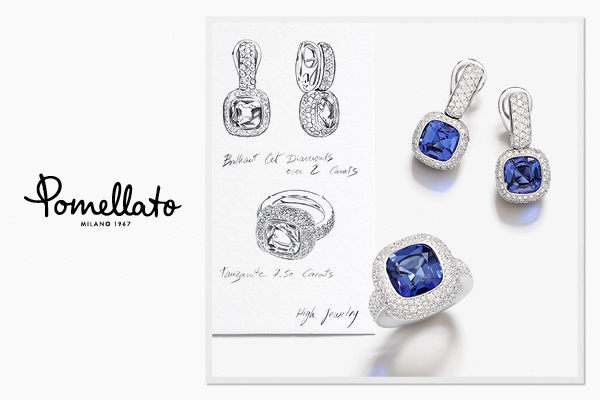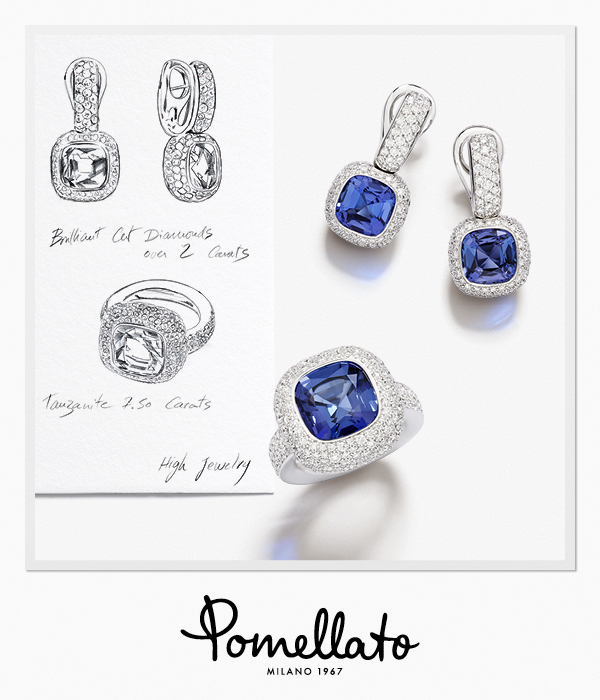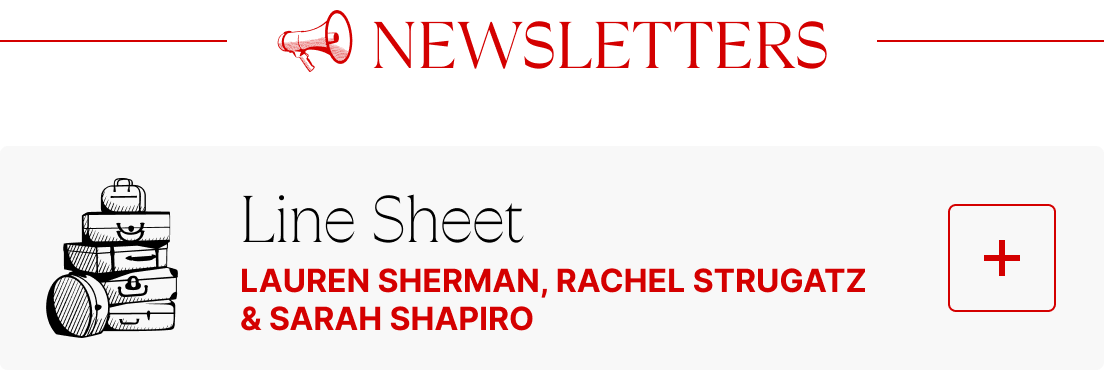Welcome back to Wall Power. I’m Marion Maneker.
Tonight,
Julie Davich is going to introduce you to Noah Davis, the Los Angeles painter and curator who died tragically young, leaving behind an extraordinary but rarely seen body of work. People in London are finally getting a chance to see what all the Davis talk is about. This summer, that show will come to Los Angeles. Julie has the details.
But first…
|
Condition
Report: Guillaume Cerutti, Pt. 3
|
As you know, I’ve been serializing my interview with Christie’s chairman of the board,
Guillaume Cerutti, over the past two months. You’ve already read, or should have read, Cerutti’s views on the transformation of Christie’s—refresh your memory here (if you’re a member of the Inner Circle) and
here.
Today, I’m sharing a few more of Cerutti’s comments, lightly edited for length and clarity. Obviously, the sale of Leonardo’s Salvator Mundi was a major career event for him, and I asked about the associated marketing, which included long lines of viewers waiting to see the painting and a $100 million presale guarantee by a third
party. But after the $450 million sale spawned any number of rumors about the bidding and the painting’s authenticity, I wondered whether the auction had been more of a curse than a blessing.
|
|
|
A MESSAGE FROM OUR SPONSOR
|
At the intersection of artistry and innovation lies Nudo, Pomellato’s most iconic creation. Each
Nudo piece is a miniature masterpiece, where design creativity, expert craftsmanship, and gemstone mastery meet. The Nudo High Jewelry collection embodies Pomellato’s unique vision of precious jewelry, combining the collection’s signature lightness and wearability with new levels of creativity and craftsmanship.
LEARN MORE
|
|
|
- “It was intrinsically a great painting. Of course, the marketing and everything added on top of this—but it’s not only marketing—for any museum, for any collection, it’s an image that everyone will remember. If you don’t have, forgive the expression, a product that gives you the base to do that, you cannot do that kind of marketing. You ask the question, if it has
been a curse or a blessing. It was a fabulous adventure.
There have been several years afterward where we had to endure incessant finger-pointing, calling it a fake. Two years later, when the Louvre organized the da Vinci exhibition, we had access to the text the curators had written about [the painting]. I have this text, I’ve kept it. The curator was saying, The conclusion is that we believe it’s by the hands of Leonardo. I never had any doubt or worry or fear that it could be
challenged, because we did our homework before.
It’s the only time when I was forced to comment about something that was said by the press about what happened during the sale. Otherwise, whatever people say, we don’t comment. The only time was because, I think it was the Financial Times who wrote that they knew from a credible source—that, in reality, it was the same man from the Middle East who bid against himself without knowing, because he had instructed two different persons.
We met and I said, Look, we cannot have this, because it means that we are not professional. I just want a statement to say the bidders were different individuals. That tells you, the number of stories and fantasies we have read about this is incredible.”
|
Earlier in our conversation, Cerutti made clear that his primary achievement at
Christie’s was not undercutting the power of the specialists, but rather building a consensus around the company’s goals so that his specialists—who are very competitive in the marketplace and don’t want to lose big consignments—also understood that the company needed to make a profit. Here’s how he put it…
|
- “We are a platform with specialists. We maximize the encounter between supply and demand. You need to work hard to demonstrate the value of what you sell, so expertise is absolutely key.
I started in the art world working in a museum. It was in 1996, almost 30 years ago. I was 30 years old. I was the number two, the managing director, at the Pompidou Center—very
young. I understood relatively quickly that you need to learn how to work with curators. And when I moved to the art market, a few years later, the curators of the art market are the specialists, or the experts, but it’s the same type of people, the same type of knowledge, the same type of questions, the same type of profile, focusing on the outcome rather than on the value they are creating. I like them very much, because I know they are the essence of a company like Christie’s, as they are the
essence for nonprofit museums.
If you go into this [C.E.O.] role, like in any other company, thinking that people will obey you just because you are C.E.O., you’re wrong. Because [curators] are different. You have to build your legitimacy. Legitimacy is being with them on the ground, working with them, making their life easier—because it’s tough, believe me, being a specialist or being client-facing. It’s tough, because you are working with great people but very often also doing things
that are not rational, because you talk about artworks, about passion. So you need to have the right balance between leadership and empathy, and you need to be with them.
So I enjoy participating in pitches, myself, interacting with clients, and being on the ground, because I know that, ultimately, that is the way that specialists will respect me, and, even without realizing it, agree to the direction. So when I told them, Okay, listen, it’s great to win the collection, but I’m
interested in the bottom line, they will accept this if they know that you will participate with them to commit to the client.”
|
One of Cerutti’s recent innovations has gotten little press or explanation: On two
occasions, Christie’s private sales division has conducted private auctions. Both works sold for nine-figure sums. This is his strategic logic…
|
- “It’s confidential, so I cannot talk too much about this, but the two private auctions we organized during my tenure generated incredible results. Building this was incredibly exciting, because it’s a different and new way to work. You call 20 clients and ask, Do you want to participate? There is a minimum, you will be on the phone. It’s only for you.
These
private auctions created incredible value. I was very happy with the team to see them invent this—or to promote this type of format—and lucky to have this to add to what we do. In theory, anyone could run a private auction, they just have to know how. But if you don’t have the reputation—even if you have a great reputation as an art advisor—of being able to actually assure [the integrity of the bidding], the very thing you were worried about with Salvator Mundi, that’s why I can’t have
the press saying that we would let a person bid against themselves—at any level, but certainly not at that level.”
|
Finally, although Cerutti made clear in the first interview that building a cohesive
team with a common set of goals was the focus of his tenure, he referred back to the gratification he felt from being able to choose his successor, Bonnie Brennan, for the good of the company. Here he is with the final word on the matter…
|
- “I worked for 20 years in the old auction market. I had not seen one peaceful transition. It’s always, someone exits and is replaced. I was working at Sotheby’s, where Bill Ruprecht stayed for 15 years. He was a legend, but he left overnight. And, frankly, it was probably not great for Sotheby’s, but for him, it was awful. Organizing a successful
transition with someone I value, I trust, whom I will continue to work with—that was important.
For myself, very selfishly, but also for the organization and for the stakeholders, it’s super important, because it says to your clients, This is the way we work at Christie’s. We value the organization, the continuity. The company is bigger than any individual. We want to do this respecting our clients, our brand, and I think that the message has been sent.”
|
|
|
Noah Davis had a brilliant career as a painter, curator, and community
builder until it was cut short at 32 by cancer. Now a retrospective of his work—currently at the Barbican in London but coming to Los Angeles this summer—launches his legacy on a new trajectory.
|
|
|
Noah Davis will be the talk of Los Angeles this summer; the late
painter’s retrospective, which is traveling to the Hammer Museum in June, is already the talk of London. I saw the current version of the show at the Barbican Art Gallery a couple weeks ago after multiple people told me how good it was. Someone even said they’d been moved to tears.
Don’t worry if you haven’t heard of Davis, who had a tragically brief career before his death in 2015 from cancer at the age of 32. Even though critics like Jerry Saltz and Roberta
Smith singled out his 2020 show at David Zwirner as one of the most important exhibitions in New York that year, and Marie-Josée and Henry Kravis bought one of his paintings to donate to MoMA, he remains unknown to many in the art world. Nevertheless, one of his paintings sold at auction in fall 2022 for $1.5 million against an estimate of $400,000—a number that seems even bigger considering only 15 of his works have appeared at auction since 2019.
|
|
|
A MESSAGE FROM OUR SPONSOR
|
At the intersection of artistry and innovation lies Nudo, Pomellato’s most iconic creation. Each
Nudo piece is a miniature masterpiece, where design creativity, expert craftsmanship, and gemstone mastery meet. The Nudo High Jewelry collection embodies Pomellato’s unique vision of precious jewelry, combining the collection’s signature lightness and wearability with new levels of creativity and craftsmanship.
LEARN MORE
|
|
|
Davis depicted intimate, everyday moments—like splashing in a public pool, mostly in
a soft-focus style that employed unexpected cropping and foreshortening—that shed light on the Black experience. He also painted scenes derived from his imagination, history, and literature—his wife, Karon, as the Egyptian deity Isis, for example, next to their white clapboard house. (Karon, the daughter of Ben Vereen, is an accomplished artist and sculptor herself.) “If I’m making any statement, it’s to just show Black people in normal scenarios, where drugs and
guns are nothing to do with it,” he once said of his work.
|
|
|
Noah Davis, 1775 (8) (2013). Photo: Kerry McFate/Courtesy of The
Estate of Noah Davis and David Zwirner
|
Davis’s ambitions were vast, if short-lived. Born in Seattle, he studied painting at
Cooper Union in New York before moving to Los Angeles, where he gained representation by Roberts & Tilton gallery (now Roberts Projects) and founded the Underground Museum in South Central. But the global art world didn’t discover Davis’s work until several years after he died: first with two shows in David Zwirner’s galleries in New York and London, in 2020 and 2021, and then at the 2022 Venice Biennale, with four of his paintings in curator Cecilia Alemani’s The Milk of
Dreams exhibition.
The current touring retrospective, which was curated by the Barbican’s Eleanor Nairne (now at the Philadelphia Museum of Art), originated in Potsdam at Das Minsk, the museum founded in 2022 by the German collector Hasso Plattner. Covering eight years of Davis’s short life, it features 50 paintings, sculptures, and works on paper, and includes a few loans courtesy of David Zwirner and Roberts Projects, meaning that, for the right
price, they can be yours. One of those paintings, 40 Acres and a Unicorn, from 2007, was bought from the 2021 Zwirner show, and essentially went straight to the Biennale, then to the retrospective—significantly appreciating its value.
|
Noah Davis, installation view of The Missing Link paintings (2013), Barbican
Art Gallery, London. Photo: Jemima Yong
|
Works in the show that are particularly representative of Davis’s oeuvre include a
2007-2008 double portrait of a mother and child in a living room, titled Single Mother with Father out of the Picture; three 2009 paintings with supernatural references, like the portrait of his wife as Isis; a haunting 2011 depiction of his dying father on the precipice of a dark void; and a 2012 series showing the negative depiction of Black subjects on daytime television shows like Judge Judy and Jerry Springer. His 2013 series The Missing Link inserts
Black subjects into the art historical canon, such as a lone male figure walking down a street, past what Davis called a “hood Rothko”—a city wall graffitied over with blocks of color.
|
|
|
The pinnacle of the exhibition comprises eight paintings from Davis’s 1975
series, created in 2013, and eight paintings from his Pueblo del Rio series from 2014. The former is based on photographs that his mother took as a student in Chicago in the late ’70s. The latter imagines how fine arts in inner-city neighborhoods might look, like a tutu-clad corps de ballet in the courtyard of a housing project. The retrospective culminates with a trio of paintings he completed the month before he died, including a funeral scene based on a vintage photograph he
found.
|
Alongside his painting practice, Davis was equally passionate about curating. His
Underground Museum was a gathering and exhibition space for local artists in an area where there was otherwise little access to the fine arts. The Barbican re-created the Underground Museum’s first exhibition, made up of imitations of famous artworks, like a Koons vacuum and Flavin fluorescent tube, because Davis had been unable to secure any museum loans.
A turning point for the institution came in late 2013, shortly after Davis received his cancer
diagnosis, when Helen Molesworth, then chief curator at MOCA L.A., agreed to loan him works from the museum’s collection. From his hospital bed, where he made 70 small paintings, Davis also put together 18 exhibition proposals, using what he and Molesworth referred to as “the bible”—a binder of every work in the museum’s collection. He lived to see only the first one: a presentation of William Kentridge’s 2003 film Journey to the Moon, also included in
the Davis retrospective. As the wall text at the Barbican explains, Davis found resonances between his and Kentridge’s practices—they were both “devoted to uplifting fellow artists and makers.”
The Underground Museum’s reputation grew after Davis’s death and became a leading venue for showcasing Black art. It was also a vibrant part of its Arlington Heights neighborhood, where, among the carpet cleaners and vacuum repair shops, it hosted yoga and meditation classes and had a bookstore
featuring Black writers. Sadly, the museum, which had become a tangible legacy of Davis’s vision, shuttered in 2022. At the time, Karon Davis, who co-founded the museum, alluded to the stresses of the pandemic and the loss of Davis as reasons for its closing, and admitted she had not mourned her husband properly, and was having trouble letting go.
The caretaking of
Davis’s legacy would eventually, and perhaps inevitably, fall to the market, and the museums and galleries around the world that have responded to his consequential work. When you think about the artist’s unfulfilled potential, his snapshots of Black life through his unique lens, and his ability to create a community through sheer force of will, I can see why some people viewing the retrospective have been moved to tears.
|
Thanks, Julie. I’ll be back tomorrow with the Inner
Circle.
M
|
|
|
The ultimate fashion industry bible, offering incisive reportage on all aspects of the business and its biggest
players. Anchored by preeminent fashion journalist Lauren Sherman, Line Sheet also features veteran reporter Rachel Strugatz, who delivers unparalleled intel on what’s happening in the beauty industry, and Sarah Shapiro, a longtime retail strategist who writes about e-commerce, brick-and-mortar, D.T.C., and more.
|
|
|
Need help? Review our FAQ page or contact us for assistance. For brand partnerships, email ads@puck.news.
You received this email because you signed up to receive emails from Puck, or as part of your Puck account associated with . To stop receiving this newsletter and/or manage all your email preferences, click here.
|
Puck is published by Heat Media LLC. 107 Greenwich St, New York, NY 10006
|
|
|
|
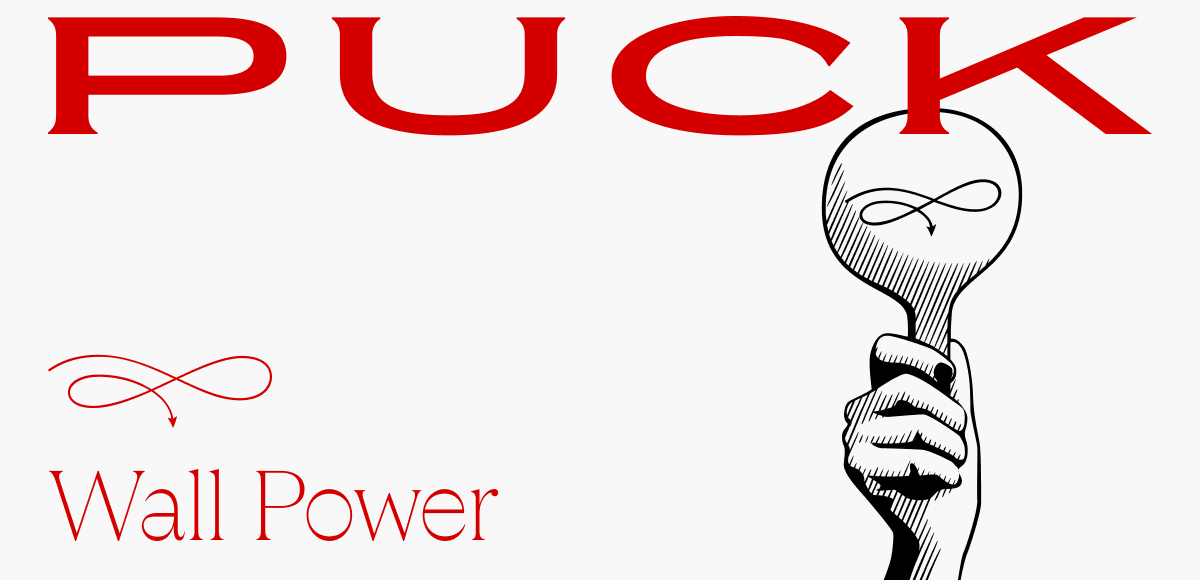


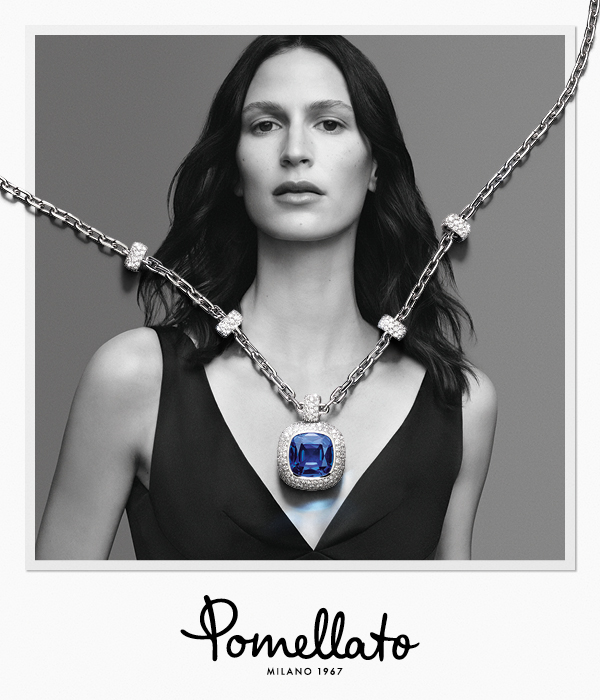
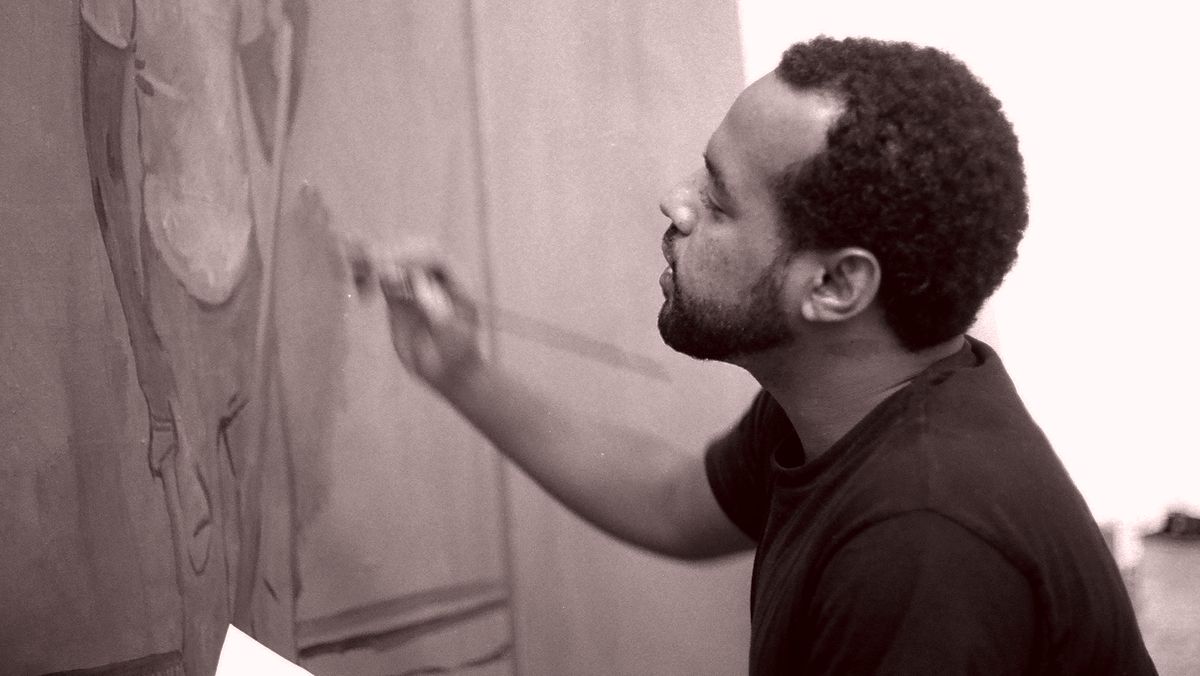
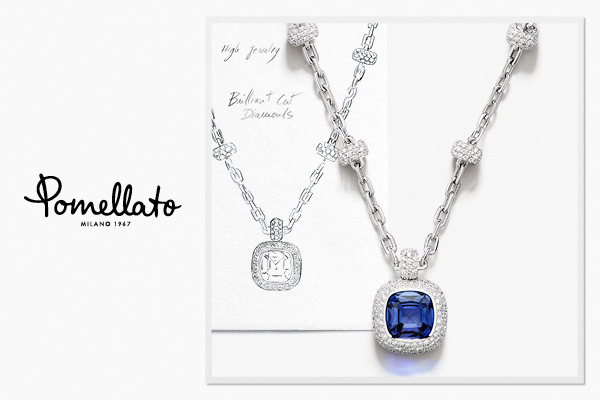
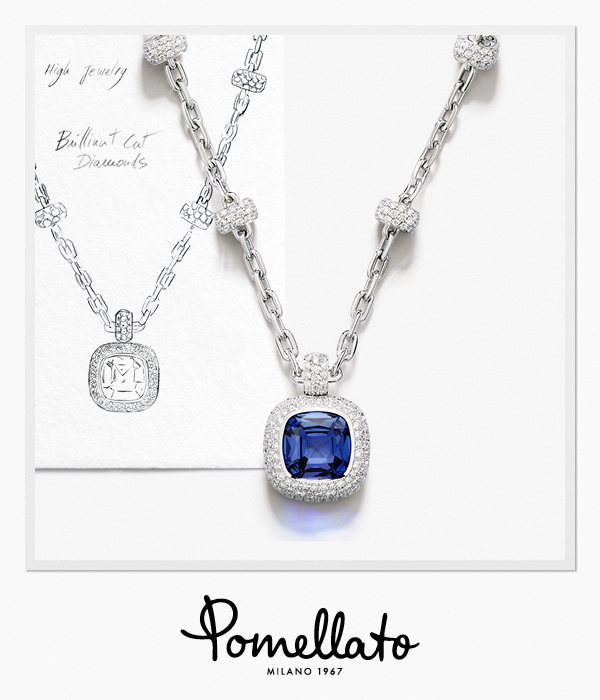
%202013%20(c)%20The%20Estate%20of%20Noah%20Davis%20Courtesy%20The%20Estate%20of%20Noah%20Davis%20and%20David%20Zwirner_01JQSDFNSME32EQB5R5EMACEAC.png)
_01JQSFSGSBWZHPD091DMF6HF4P.jpg)
